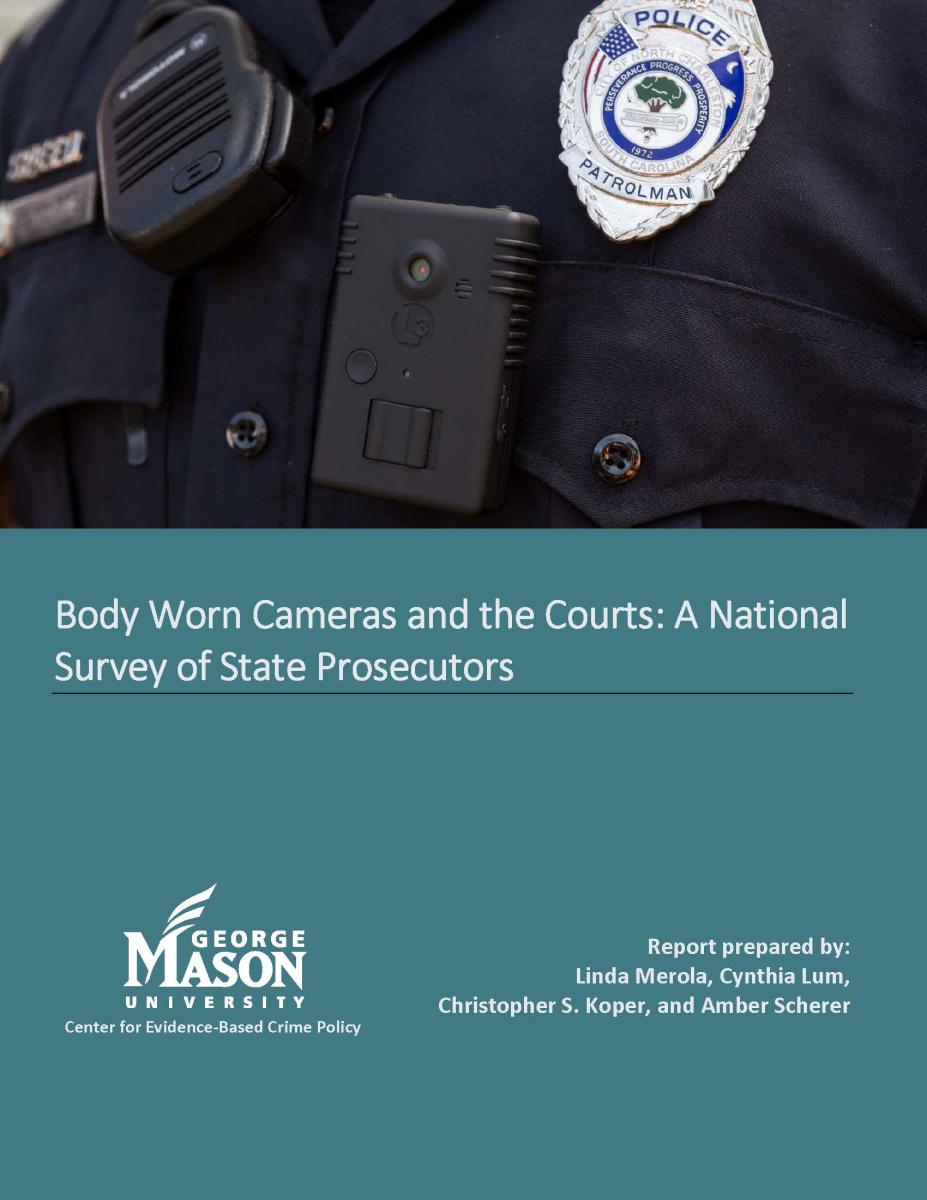BWCs and Drug and Alcohol Cases
Drug and alcohol offenses represent a significant portion of police work. Officers commonly rely on subjective indicators of intoxication, and prosecutors depend on officer evidence collection, written reports, and testimony at trial. Police body-worn cameras (BWCs) have diffused widely in policing partly due to their perceived evidentiary value, but the extent to which BWCs affect the adjudication of such offences remains unanswered. The current study explores this question with 7,000 misdemeanour cases from Tempe (Arizona), filed from 2014 to 2017.

